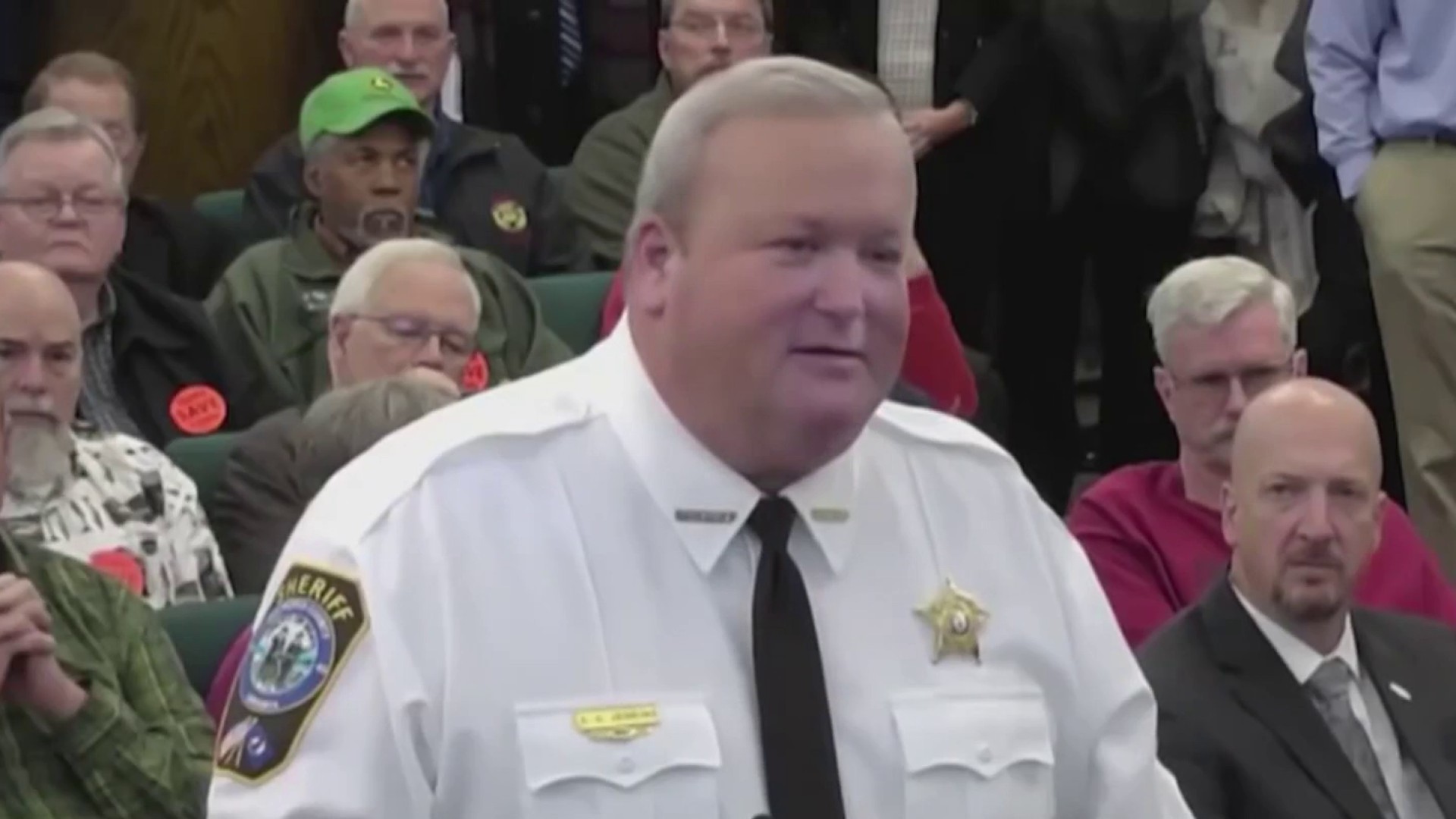Chronic truancy dropped in Washington, D.C., last school year compared to during the pandemic, but too many kids are still missing too much school, especially at D.C.'s high schools, where nearly half of kids are considered chronically truant, according to a report released this week.
The report from the Office of the State Superintendent of Education (OSSE) speaks volumes about just how far D.C. has to go when it comes to getting kids back in school full time.
Almost 90% of the students at Ballou High School were chronically truant last school year, according to the report. That's the highest rate in all of D.C. — but not the only school with a problem. According to the report, 75 campuses — almost a third — have half their kids who are chronically truant.
D.C. Public Schools has struggled for years with getting and keeping kids in school, especially during the pandemic.
We've got the news you need to know to start your day. Sign up for the First & 4Most morning newsletter — delivered to your inbox daily. Sign up here.
The OSSE report shows only minor improvements for the 2022-2023 school year.

Chronic truancy, defined as having 10 or more unexcused absences, dropped from 42% in the 2021-2022 school year to 37% last school year.
Investigations
Investigations by the News4 I-Team
In D.C. high schools, the number is far worse, with 47% of school students considered chronically truant.
The report also found Black students were nearly 10 times as likely to be chronically truant as their white peers.
"If we expect them to show up every day and commit themselves to the work of their K-12 education, we have to have school environments that are welcoming and supportive for those students," said Danielle Robinette, a policy attorney with D.C.'s Children's Law Center.
That means scaling up the ongoing efforts at DCPS to meet students’ needs, she said, whether it’s transportation help or other issues facing their family.
Jahnia Franklin, a Ballou senior who told the News4 I-Team she just made the honor roll, said she’s missed eight days of school this semester.
“Eight's not a lot, though,” she said.
She said she’s dealing with a lot outside of class.
"Everybody knows D.C. is dangerous sometimes," Ballou senior Montez Hardy said.
He said some of his friends don't always feel safe getting to and from school.
The OSSE report shows truancy hits hardest among economically disadvantaged families already facing significant challenges.
"You need this collaborative kind of multidisciplinary response to find out what needs of that particular child aren't being met,” Robinette said.
The report clearly shows more attendance equates to better assessment scores.
In a statement, an OSSE spokesman said they are working on improving school culture and mental health resources. They also have programs which help individual families, though experts like Robinette say they're not enough.
There's also the legal side of this. Under D.C. law, a school must refer a teenager who has more than 15 unexcused absences to court social services and potentially the attorney general. More than 7,700 kids fit that bill last year. According to the AG's office, the court social services ultimately sent them about 300 referrals. Neither DCPS nor OSSE wanted to answer questions on camera Friday.
Reported by Ted Oberg, produced by Katie Leslie, and shot and edited by Jeff Piper. Steve Jones contributed to this story.
News4 sends breaking news stories by email. Go here to sign up to get breaking news alerts in your inbox.



